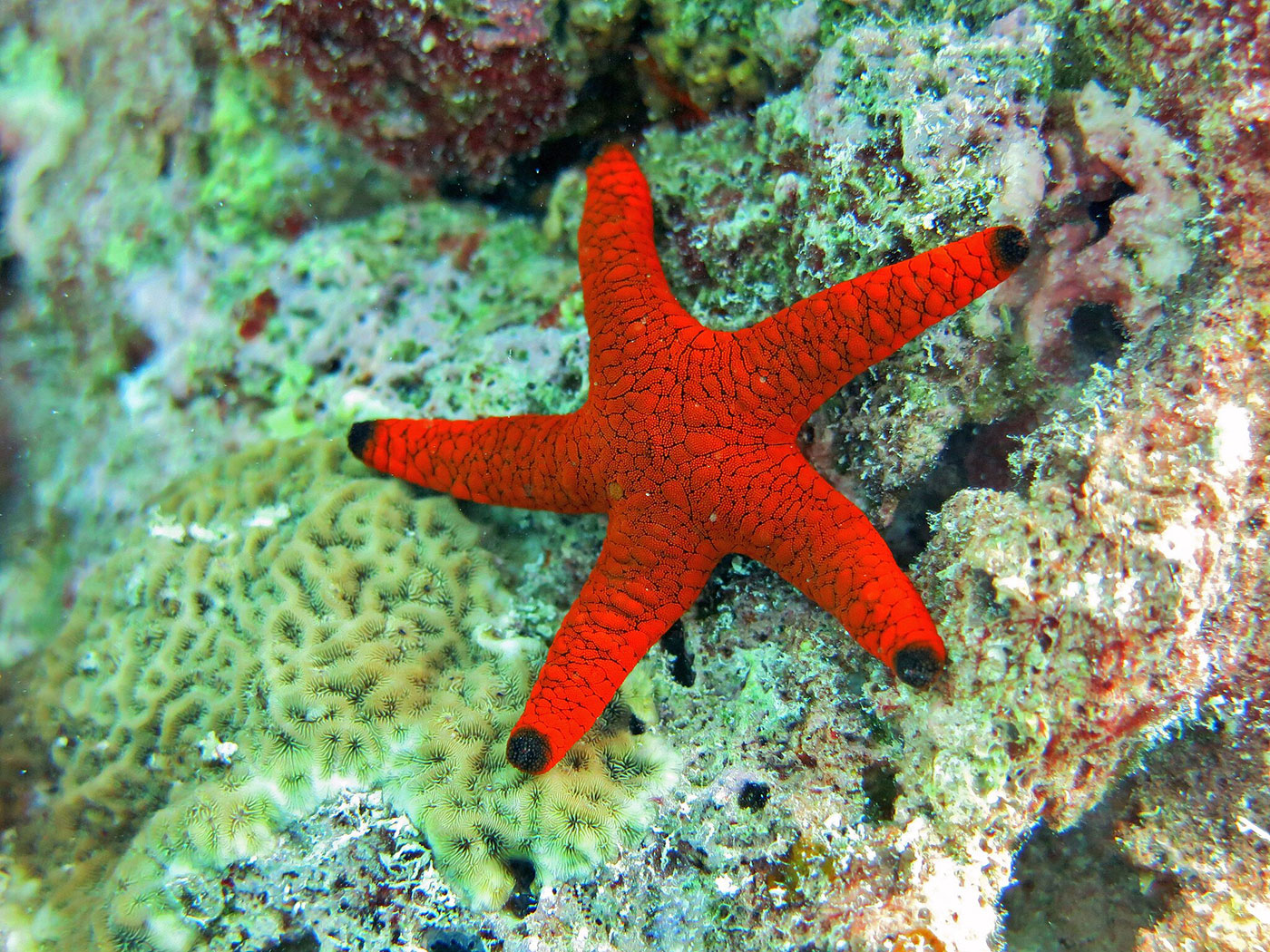Secular scientists recently determined that most of the dinosaur fossils in the Morrison Formation were buried quicker than commonly thought.1 The Morrison Formation is famous for its compositional consistency and massive extent across the American West, covering nearly 700,000 square miles, and for its rich dinosaur quarries.
The conventional view is that the Morrison Formation was deposited over vast periods of time by rivers that slowly meandered back and forth. Secular paleontologists assume that major flooding events of these “rivers” caused the burial of the dinosaurs we find in the various quarries, including the one at Dinosaur National Monument (DNM). These types of flood events are thought to be massive, on the scale of 1000-year Floods or even greater.
In addition, creation scientists have pointed out the common nature of the dinosaur fossils in the many Morrison Formation dinosaur quarries and the lack of any evidence of evolution.2
However, the deposition of at least 20 massive Morrison Formation dinosaur quarries over such a vast area by individual river floods alone should have taken vast amounts of time, even by secular time scales.
Kenneth Galli from Boston College and his colleagues from Boston University, New Mexico Museum of Natural History and Science, and Le Moyne College attempted to resolve how long it took to deposit a major section of the Morrison Formation. They used U-Pb radioisotope techniques to date two ash-rock layers near the top and base of the 320-foot thick Brushy Basin Member, a sub unit within the Morrison Formation that contains roughly two-thirds of all of the dinosaur quarries in the formation.1
The results surprised even these old-Earth secular scientists. They found out that the majority of the Brushy Basin Member was deposited much faster than they thought, all in a time frame of less than one million years. They added:
Essentially, what they are saying is there is no basis to divide the Brushy Basin Member by any systematic changes in the fossils. They also admit there is little, if any, evidence for evolution in the dinosaurs in the Morrison Formation in general.
We see no evidence of evolution throughout the entire fossil record. ![]()
We creation scientists wholeheartedly agree. Furthermore, we see no evidence of evolution throughout the entire fossil record. All fossils appear quickly, fully-formed, remain the same, and disappear upwards in the rock record. The Morrison Formation is at the level in the global Flood when the environments of the dinosaurs were being catastrophically inundated. The dinosaurs themselves were swept up by the tsunami-like waves into great masses of bones, like log jams, and buried as concentrated assemblages—these became the quarries we see today.
We also agree with the short time frame for the deposition of the Morrison Formation, except not nearly as long as the secular idea of a million years. The Bible talks about a Flood that covered the Earth just 4,500 years ago. This better explains the extent of the Morrison Formation and the burial of the dinosaurs and the lack of evidence of any evolution.
All fossils appear quickly, fully-formed, remain the same, and disappear upwards in the rock record. ![]()
There were no meandering rivers slowly depositing the Morrison Formation like secular scientists imagine. Only the massive volume of water of the global Flood would have been able to spread these millions of dinosaur bones across nearly 700,000 square miles of the American West in one thin layer a few hundred feet thick. Multiple rivers would never be that consistent. As with other examples of strata found around the world, the Morrison is powerful evidence for the Flood.
References
1. Galli, K. G. et al. 2018. New chemical abrasion thermal ionization mass spectrometry dates from the brushy Basin Member, Morrison Formation, Western Colorado: implications for dinosaur evolution. The Journal of Geology. 126 (5): 473-486.
2. Hoesch, W. A., and S. A. Austin. 2004. Dinosaur National Monument: Jurassic Park Or Jurassic Jumble? Acts & Facts. 33 (4).
3. Dodson, P., A. Behrensmeyer, R. Bakker, J. McIntosh. 1980. Taphonomy and paleoecology of the dinosaur beds of the Jurassic Morrison Formation. Paleobiology. 6 (2): 208-232.
*Dr. Timothy Clarey is Research Associate is at ICR and earned a doctorate in geology from Western Michigan University.



















